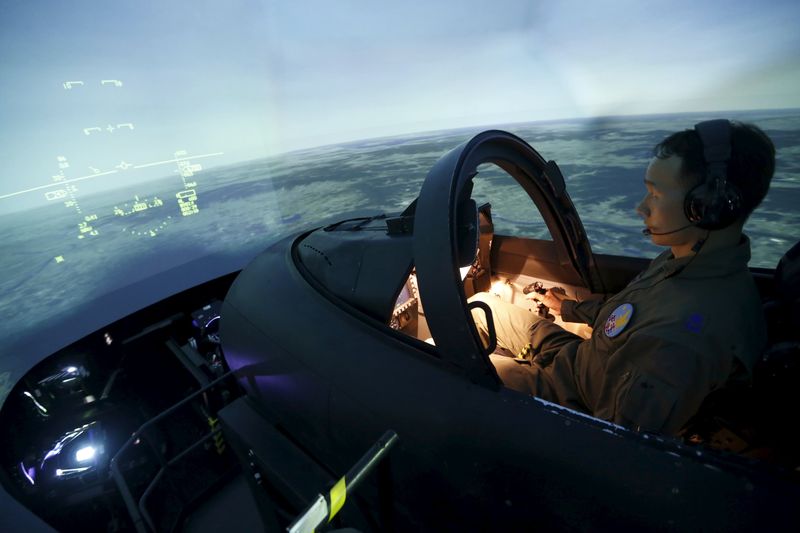By Joyce Lee and Tony Munroe
SEOUL (Reuters) - When South Korean president Park Geun-hye stopped off in Peru this week, her diplomatic tasks included drumming up interest in her country's home-grown light fighter jets.
While Park did not come away with a new contract, state-run Korea Aerospace Industries (KAI) (KS:047810) is in the running for a contract to supply Peru with 24 of its FA-50 fighter jets, worth as much as $2 billion.
Park's efforts are part of a broader push to turn the South Korean defense industry into an export powerhouse.
With South Korea's arms makers experiencing sluggish domestic growth, its defense exports have gone from $144 million in 2002 to $3.6 billion last year, with an average annual gain of 31 percent over the past five years.
The industry, developed mostly with American technology during a decades-long standoff with North Korea, is hoping to sustain that growth by selling beyond its main export markets in Southeast Asia into Latin America, Europe and the United States.
"They've got a strong combination of technology, skills, reasonable costs, an export-driven economy, and a domestic defense market that's large enough to justify home-grown products," said Richard Aboulafia, vice president at the Virginia-based Teal Group.
Although it is a close ally of the United States, South Korea lacks the diplomatic baggage that hinders some players in the global arms trade, such as China, Israel and Russia. Regional rival Japan only relaxed its ban on weapons exports last year.
"There are no negative geopolitical strings attached," said Tim Huxley, executive director of the International Institute of Strategic Studies in Asia.
South Korea was the 13th biggest exporter of major arms in 2014, up from 30th eight years ago, according to IHS A&D Balance of Trade 2015.
The global weapons market is fiercely competitive though and requires government backing for securing deals. Unlike Israeli equipment, South Korea's has not been extensively combat-tested, Huxley said. It also lacks the technological cutting edge of the latest U.S. and European equipment.
KAI'S SKY-HIGH AMBITIONS
KAI's T-50 plane will be offered by its development partner Lockheed Martin (N:LMT) for the U.S. military's program, called T-X, to replace 350 old T-38 trainer jets, a deal that could be worth $10 billion.
The U.S. Air Force is expected to announce its requirements later this year, and a win for KAI would be the country's biggest military export deal by far and open more markets for the plane.
"The T-50 has a rather good chance of winning T-X," said Teal's Aboulafia, noting that most rival planes are brand new designs. "The T-50 may be the only surviving off-the-shelf candidate."
Still, the competition will be stiff - other prospective bidders include BAE Systems Plc (L:BAES), Northrop Grumman (N:NOC), and a partnership of Boeing (N:BA) and Saab (ST:SAABb).
A win would cap other recent overseas deals for Korea which include Poland's 83.1 billion won ($77 million) order in November for Samsung (KS:005930) Techwin's (KS:012450) K-9 self-propelled Howitzers and a $420 million order last year from the Philippines for 12 KAI fighter jets.
KAI, formed in 1999 by combining the defense arms of Samsung, Hyundai and Daewoo, is headed by Ha Sung-yong, an energetic marketer who accompanied Park in Peru.
Its shares have rise threefold since its trading debut in June 2011, giving it a market value of $5.25 billion. It is aiming to export 1,000 T-50 jets and 300 helicopters by 2030 and 2025, respectively.
Currently South Korea's arms production is mainly for domestic use, with just 12.8 percent of output exported in 2013, according to the Korea Institute for Industrial Economics & Trade, which expects that share to grow to 18-20 percent this year. By comparison, the country exported 48 percent of its auto output and 44 percent of shipbuilding.
"It is a buyer's market," Huxley said. "The main reason for it not working out very well might be just sheer competition."
